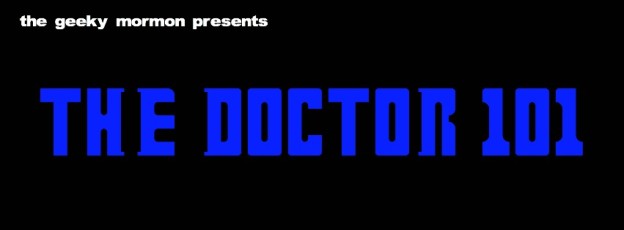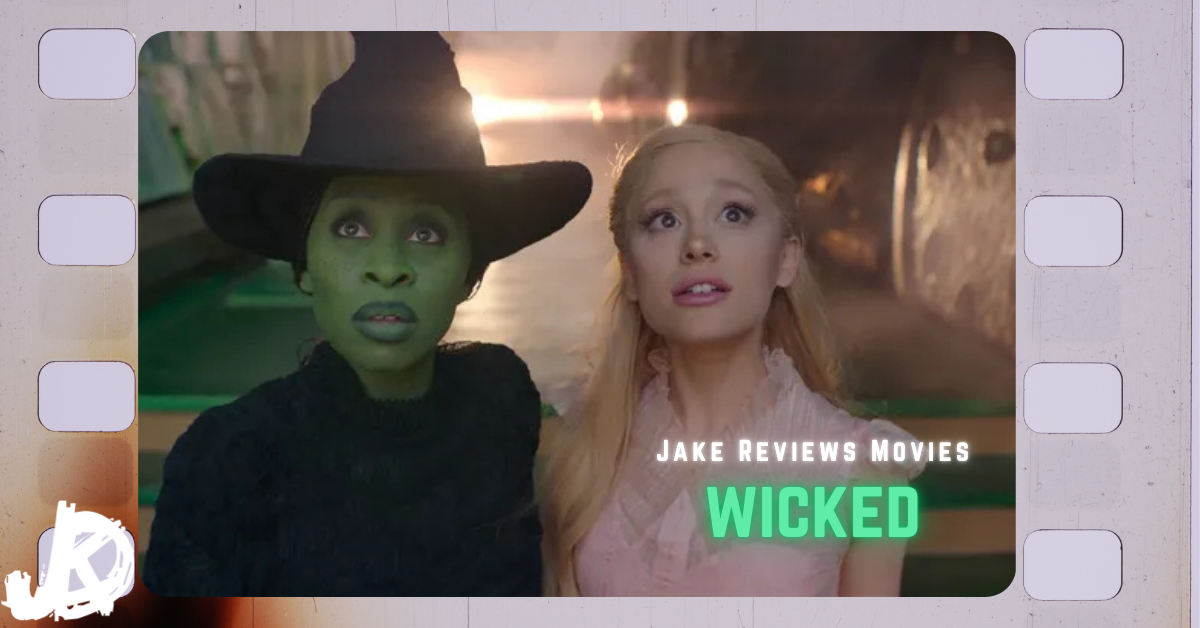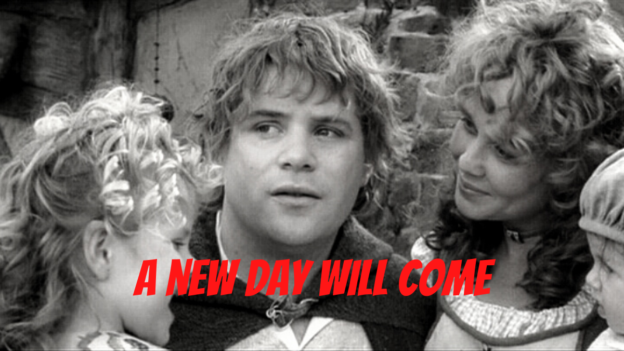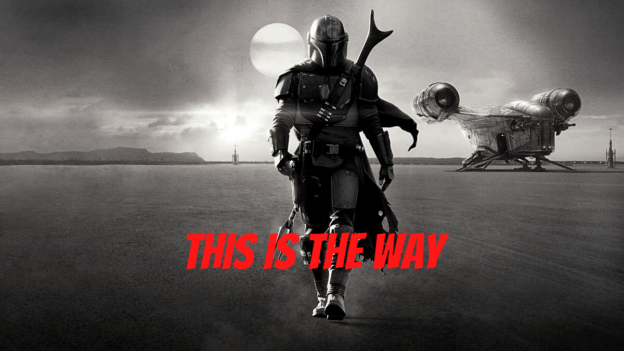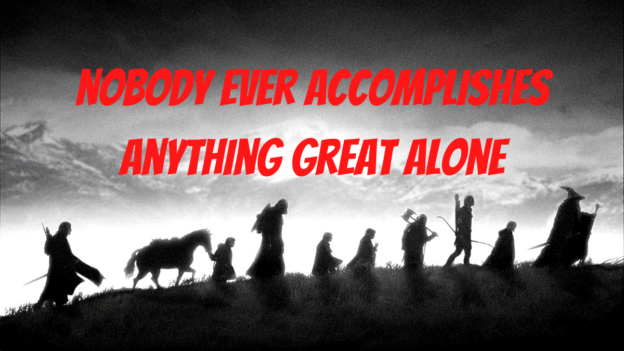Doctor Who premiered on November 23, 1963, a day that will live on in infamy for any Doctor Who fan. For this part of my Doctor 101 series, I will discuss the early years of the series, covering the first 3 incarnations of our favorite Time Lord. There had never been a show like Doctor Who before, and when they faced the issue of their main actor leaving, they handled in a way no one had before. Regeneration. The single greatest idea in television history. It is the thing that has allowed the show to last as long as it has, in my opinion. But it does make it confusing for anyone new to the series. So, hopefully, by running down all the Doctors I can help you overcome the confusion.
When Doctor Who premiered in November of 1963, this was our Doctor. The name of the episode was “An Unearthly Child.” The premise of the first episode was that some teachers followed one of their students home from school, a girl named Barbara who seemed to know things that no girl her age should have known, which piqued their curiosity. What they found was an innocent looking police call box that was bigger on the inside and the girl’s grandfather, the Doctor. He was a stern, no-nonsense kind of guy. There was nothing really playful about him. Despite that, he did care for his granddaughter and their human companions and for their safety. He also cared about the people they visited. He was basically the stereotypical grandfather or older uncle of the 1960’s. He was played masterfully by William Hartnell. We can thank the first Doctor for the TARDIS, the sonic screwdriver and the Daleks. All of these premiered during the first Doctor’s run. If you want to see great coverage of the beginning of the series, check out the movie An Adventure in Space and Time, which chronicles the beginning of the series. It was released last year for the 50th anniversary.
In 1966, for various reasons, William Hartnell’s time as the Doctor was coming to an end, but the BBC had a hit on their hands that they wanted to keep going. They went out and hired Patrick Troughton to take up the role. Then they came up with an idea to explain the difference in appearance. At the time they called it “rejuvenation.” Basically, on film William Hartnell changed and transitioned into the new Doctor, Patrick Troughton. The real genius part was that this new Doctor was the same individual, but he looked different and acted differently. The second Doctor was more erratic, more fun, and less serious. He traded in his dark coat and hat for plaid pants and recorder. He often pulled out his recorder to play music to help him think. Despite his sometimes strange behavior, he was still the Doctor and took saving the planet or universe very seriously.
It was 1970. A new decade, and a new Doctor for the decade, live and in color (minus the live part). Enter Jon Pertwee. His Doctor’s appearance was dramatic to say the least. It was the early 70’s in Britain, so in that context his fashion made sense. With this third incarnation of the Doctor, they also brought some changes to the series. The Doctor was now banished to Earth. The TARDIS could still move in time, just not off the planet. Because he was stuck here he worked very closely with U.N.I.T., a relationship that continues to a lesser degree today. This Doctor was a mix between Sherlock Holmes and James Bond. He had mad karate skills, the only Doctor in the bunch with a mean chop. He was also the first incarnation to meet the Master for the first time.
Obviously, there is a lot more to these Doctors than what I have written here. I have always maintained that I am not as familiar with the classic series as I am with the newer stuff. The pacing of these older episodes is a lot different, slower. Most of the stories are over 3 or 4 episodes, and sometimes they are hard to sit through. The point of this post is to help you get a taste of who the first 3 Doctors were and begin to see how they might all tie together. The next part will be Doctors 4-6, followed by 7-8 and the War Doctor.

